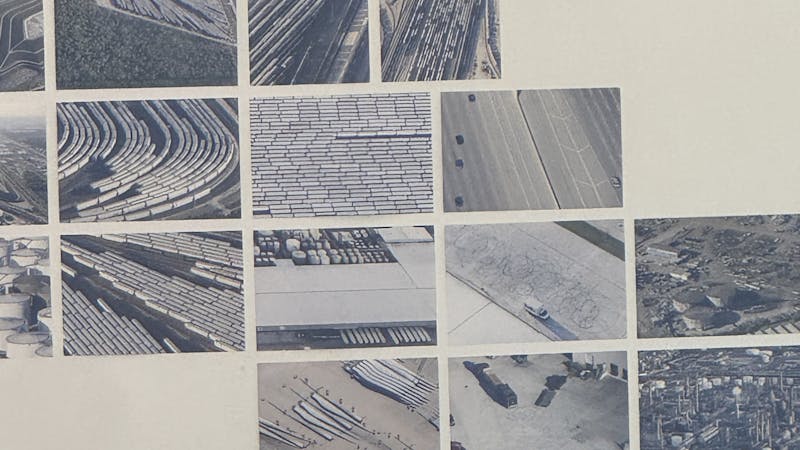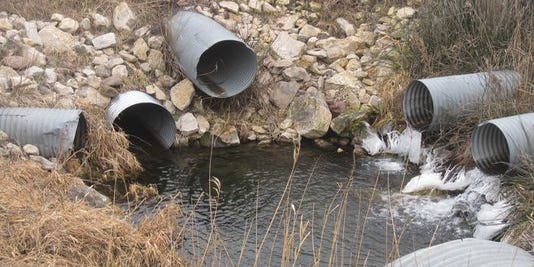Lens of Urban Imagination: Iwan Baan's Groundbreaking Architectural Showcase Lands at Rice

Houston's highway system has evolved into a mesmerizing labyrinth of concrete, with interchanges so expansive that a single intersection now rivals the entire footprint of Siena, Italy. Renowned Dutch photographer Iwan Baan has masterfully captured this urban marvel, transforming the city's intricate "spaghetti bowl" highways into a visual symphony of curves and intersections.
On September 3rd, the Rice School of Architecture unveiled Baan's captivating exhibition, Iwan Baan: The Notational Surface, as part of their innovative new curatorial program. Visitors can immerse themselves in this extraordinary photographic journey at Cannady Hall, with the exhibition running through October 25th.
Baan's lens reveals Houston's infrastructure not just as a transportation network, but as a complex, almost sculptural landscape that challenges our perception of urban design. His photographs invite viewers to see these massive concrete structures as more than mere roadways—they become a unique form of architectural poetry.








